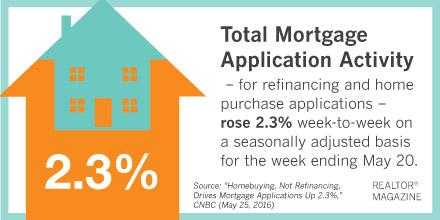Survey: Real Estate is the Best Investment
Americans ranked real estate as the best long-term investment, even over stocks and gold, according to a recent Gallup Poll of about 1,000 U.S. adults. Real estate has been the top investment choice for the past two years, and it's lead is increasing over four other popular investment choices.
Thirty-five percent of Americans selected real estate as their top investment choice compared to 22 percent for stocks and mutual funds; 17 percent for gold; 15 percent for savings accounts/CDs; and 7 percent for bonds. By comparison, 34 percent of Americans said gold was their top long-term investment choice in 2011 while 19 percent said real estate.
"As the average sale price of new homes in the U.S. increased from $259,300 in August 2011 to $348,900 in February of this year, the percentage of Americans picking real estate as the best long-term investment almost doubled," according to Gallup. "During approximately the same time span-from August 2011 to April of this year-gold prices plunged from $1,910 to $1,254 per ounce, and the percentage thinking gold would be the best investment was cut in half."
The poll also revealed the following:
- Men are more likely than women to say gold is the best long-term investment. Women tend to favor savings accounts more so than men.
- Those surveyed who are younger than 30 years old were the least likely age group, at 26 percent, to think real estate is the top investing choice. They are most likely to choose savings as the top long-term investment choice.
- Renters (32%) and home owners (34%) are about equally as likely to choose real estate as their top long-term investment choice.











